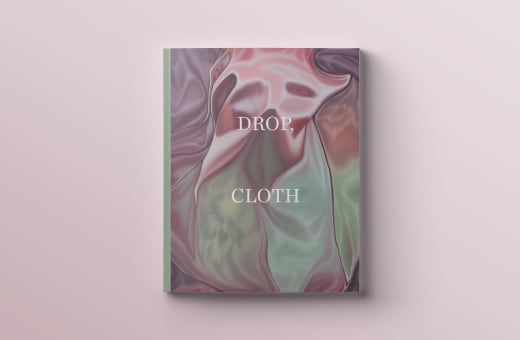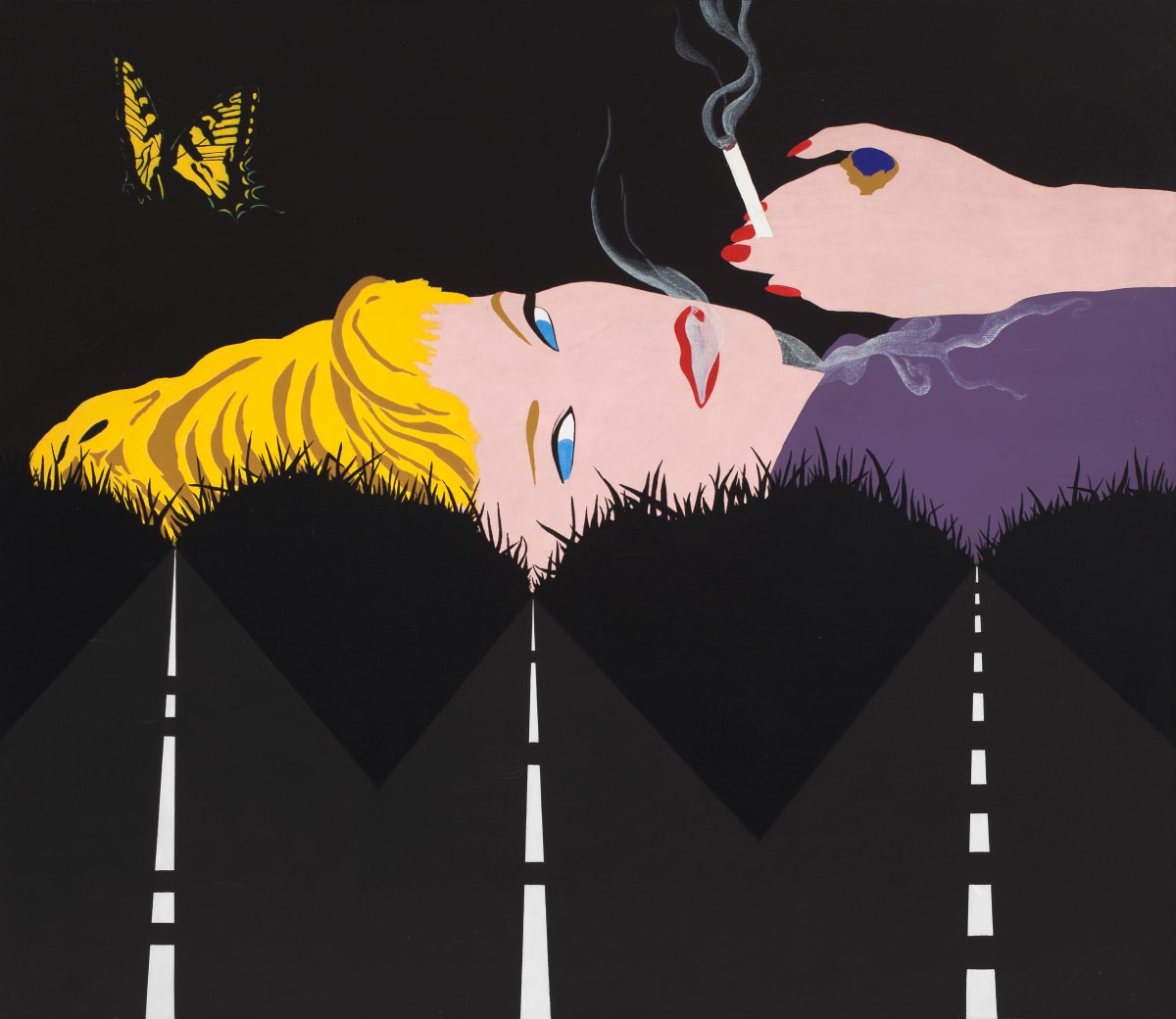
Like his Pop Art contemporaries, Allan D'Arcangelo found inspiration in the everyday and in mass culture.
Allan D’Arcangelo drew his imagery from advertising, popular icons, and familiar corporate symbols. Unlike his Pop Art contemporaries, he was more concerned with the social, political, and moral issues of the period. Beyond Pop presents a look at this artist’s work from the 1960s, a decade filled with controversy surrounding environmentalism, feminism, nuclear warfare, and the struggle for civil rights. By using the stylistic techniques of Pop, D’Arcangelo presented complex societal issues through easily recognizable images.
In 1962, Sydney Janis Gallery organized its groundbreaking "New Realist" exhibition in New York City. This seminal show introduced the art world to the concept of Pop. That same year, D’Arcangelo painted U.S. Highway I, #4 in response to the revolutionary idea of interstate highway travel. The interstate system created independence and increased mobility for Americans. The artist represented this open road from a very personal and provocative viewpoint. Seen as a non-ending time warp, the series of paintings appear like a film sequence by the driver in a never-ending loop with no exit in sight. These crisp road images became iconic hallmarks of the artist’s oeuvre.
The Bride, also painted in 1962 and featured in the exhibition, demonstrates a further important aspect of the artist’s inspiration: his focus on modern trends, fashion and advertising. The artist shows a blank-faced, pink-skinned bride. He has placed her "features" in the margin with paper doll-like tabs making allusion to popular beliefs and values of marriage in the early 1960s. The image is taken directly from a 1962 Modern Bride magazine cover—D’Arcangelo almost always took imagery from current popular periodicals during the beginning part of the decade.
In 1964, D’Arcangelo created a series of paintings known as "Barriers." As his oeuvre developed, he added overlapping barriers to the scenes, both painted and superimposed with actual objects that obscured the hard-edged vistas. One great example in the exhibition, Landscape BB (74) depicts the emblems of the American highway, blocked by the types of guard-rails found at railroad crossings and construction sites. Highly abstracted and dramatically pressed to the foreground, these paintings acknowledge conventional landscape painting while simultaneously subverting it. Although the artist creates traditional spatial recession in the highway and silhouetted trees, he also challenges the art historical conventions of landscape. By the end of the 1960s, he further developed his abstracted view of road barriers by reducing them to projecting patterns juxtaposed against single color backgrounds as seen in Constellation #5, 1970.
Beyond Pop asks us to look at and beyond traditional Pop art, highlighting D’Arcangelo’s unique vision within the movement. The twenty works by the artist will be accompanied by a fully illustrated catalogue featuring an essay by Eileen Costello, editor and project manager of The Catalogue Raisonné of the Drawings of Jasper Johns; an Adjunct Professor, Hunter College; and Primary Researcher for the Ad Reinhardt Catalogue Raisonné of Paintings and Works on Paper. She is also working on the Brice Marden Catalogue Raisonné of Paintings and Works on Paper. Her in-depth research and fresh perspective on D'Archangelo's work will most definitely add to the scholarship on this artist.
Installation Views
News














